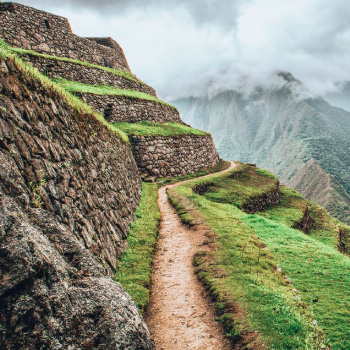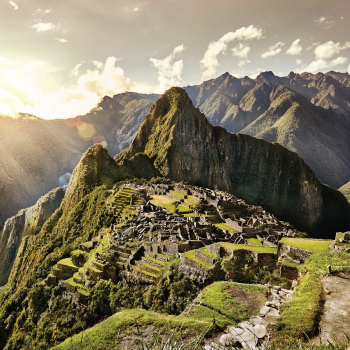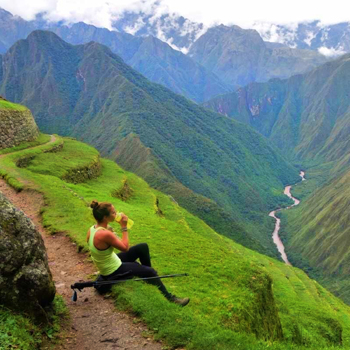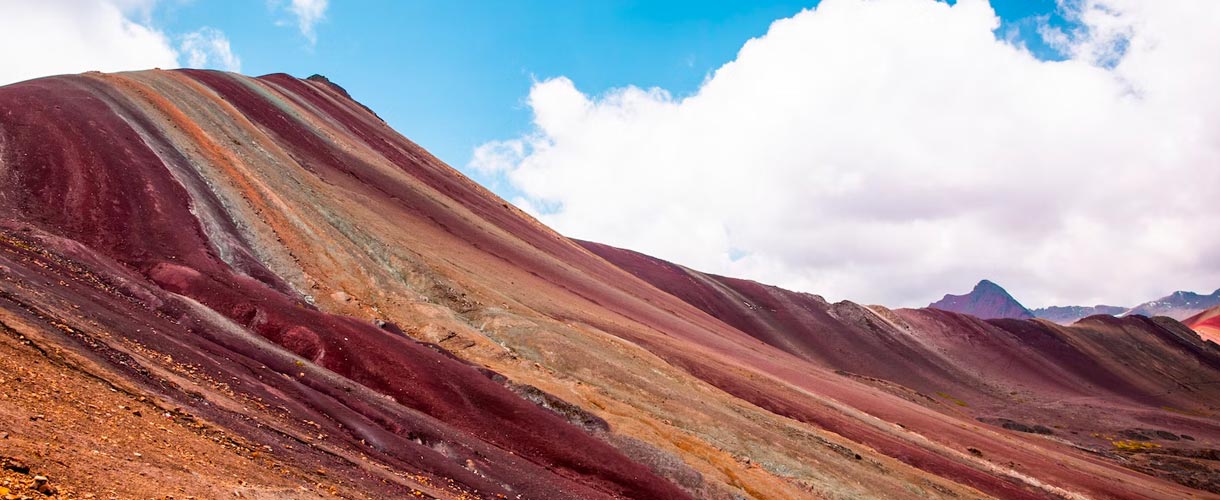
Exploring the Pisac Ruins in the Sacred Valley
Cusco is the main travel destination for most travelers in South America, apart from being home to one of the new seven wonders of the world, this historical region gathers the most important Inca settlements in Peru, which is why you shouldn’t miss the chance of knowing Pisac, the most visited archeological site within the Sacred Valley of the Incas.
During the Inca Empire, Pisac was a control and ceremonial center that guarded the access of the Urubamba and Vilcabamba valleys alongside Machu Picchu and Choquequirao. But this is not the only ruin situated in this region, Ollantaytambo and Chinchero are also part of the Sacred Valley.
Therefore, this place is of great importance to the ancient Inca culture, which is why you shouldn’t miss the opportunity of getting to know all the history involved in these locations.
Cusco gathers lots of history ready to be shared with the world, within the imperial city lies Sacsayhuaman, an Inca ceremonial fortress that played a great role during colonization. But its surroundings are also full of mysteries and excellent examples of Inca engineering such as Maras and Moray.
Come and join us in this new journey to find out everything about the Pisac ruins that will surely be the highlight of your trip. Here we’ll teach you about its importance during the Inca era and how to make the most of it!
Pisac Archeological Site
The archeological site is located near the small town of Pisac, 30 kilometers away from Cusco city in the Calca district. As aforementioned, the archeological site of Pisac is part of the Sacred Valley of the Incas. Pisac lies on top of a hill across the valley. The purpose of this construction was mainly military, religious, and agricultural.
Just like most of the largest Inca constructions that resemble the shapes of animals in the area, this famous archeological site assumes the shape of the Puna Partridge, a characteristic bird of these Andean highlands.
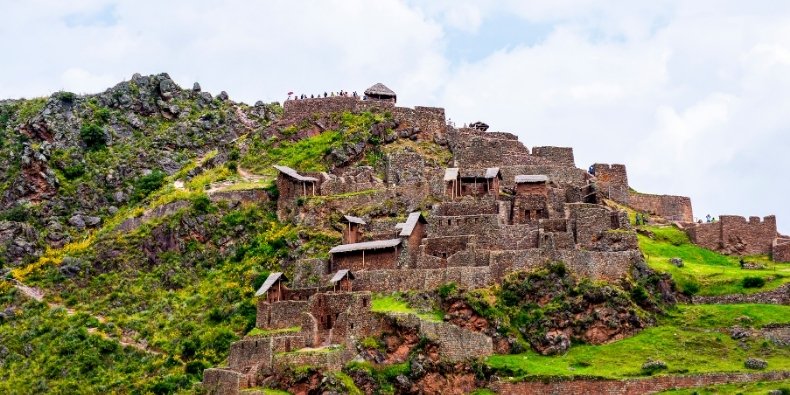
According to recent studies, Pisac was not a ceremonial fortress, instead, it was sort of a ‘royal hacienda’ owned by Pachacutec, composed of platforms, domestic and ceremonial structures, and aqueducts that provided water for agricultural exploitation.
Pisac is recognized for its strategic location and how its structures blend harmonically with the beautiful natural scenery that surrounds it. Here are some of the most recognized parts of this archeological site:
-
Achapata Platforms
200 meters above the main square of the town of Pisac rises a group of 20 platforms, constructed in an inverted triangle shape.
-
The Intihuatana Neighborhood
This area is recognized for being the main neighborhood found within the archeological site, its architectural design differentiates it from the others. In this place we can find: The central enclosure, the Intiwatana, an altar carved in a volcanic gap, groups of liturgical fountains, alleys and patios.
-
The Tianayuc Neighborhood
This peculiar Quechua word means “seat”, a name given to this section of the archeological site because in its courtyard was found a sofa for two persons carved into a rock. This is a small neighborhood that comprehends rooms with views to the central courtyard.
How to Get to Pisac?
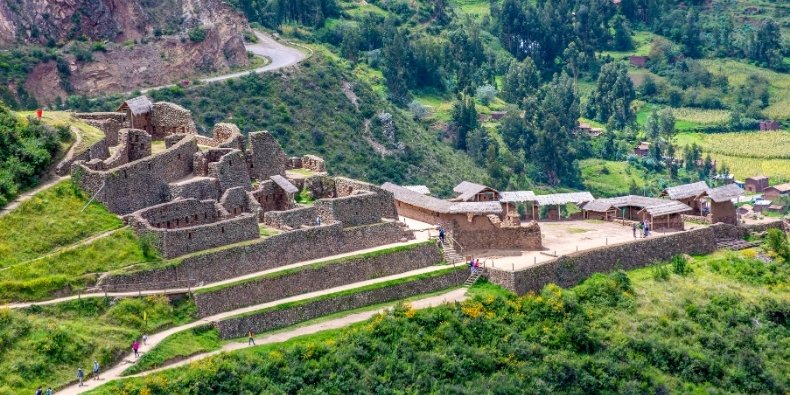
As aforementioned, the archeological site of Pisac lies 30 kilometers away from the Imperial City of Cusco. Therefore, one must be in Cusco to reach this enigmatic Inca site. Luckily, Cusco is easily accessible by taking a flight or a bus ride.
-
If planning to take a flight, consider that Cusco’s airport only operates commercial flights, which is why you will need to purchase a plane ticket from Lima or any other national airport. This would be the easiest but most expensive way to get to Cusco since a plane ticket could cost up to 200 USD roundtrip during the high season in Cusco.
Keep in mind that if your starting point is Lima, you would be traveling from sea level to an altitude that reaches over 3,300 meters. We recommend you taking a few days to rest so your body can acclimate properly.
-
If taking a public bus, then you must take the necessary time to compare prices and quality. Keep in mind that not all bus companies take the same route and most of them make stops on the way to collect new passengers, which could be unsafe.
This is the recommended way to approach altitude since you’d be slowly and gradually ascending to Cusco. We encourage you to get to know Peru Hop, a bus company recognized for its safety, flexibility, and travel experience since 2013.
To visit this archeological site, you must purchase the Cusco Tourist Ticket, which offers a combination of the main inca sites within the Sacred Valley. It is worth mentioning that you can visit this tourist attraction on your own, but it wouldn’t be the same as walking alongside an expert. If you don’t want to miss any details of these archeological sites, we encourage you to join a guided tour to the Sacred Valley of the Incas.
To help you understand more about the Tourist Ticket, here we have some information for you:
There are different cultural places in Cusco, but for most of them, you will need to pay an entrance fee. With the tourist ticket, you have different passes included depending on the type and the duration of it. You pay for one, and then you will have a limited time to complete the archeological sites’ circuit included in your pass.
These tickets give you access to several archeological sites and museums. Also, with this purchase, you are helping to preserve all of these tourist attractions.
If planning to visit the Sacred Valley of the Incas, you will need this ticket in order to access the ruins. Tour operators don’t include these entrance fees in the price of the activity since it must be purchased with your identification. But you could either purchase it in advance or upon arrival, depending on the type of pass, time, and the things you want to see.
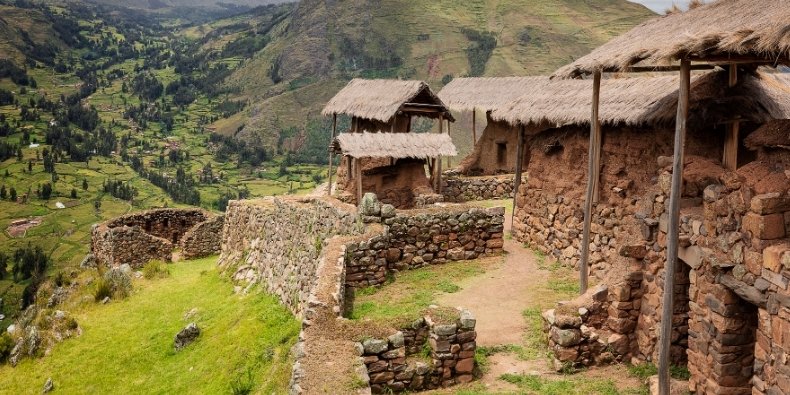
Pisac is one of the most in-demand tourist attractions in Cusco that will surely captivate you with its history and beauty. Don’t miss the chance of visiting this and many other archeological sites within the Sacred Valley, as well as getting to know the Rainbow Mountain, a natural wonder located a few hours from Cusco. Get to know everything about this colorful mountain while you’re here!

